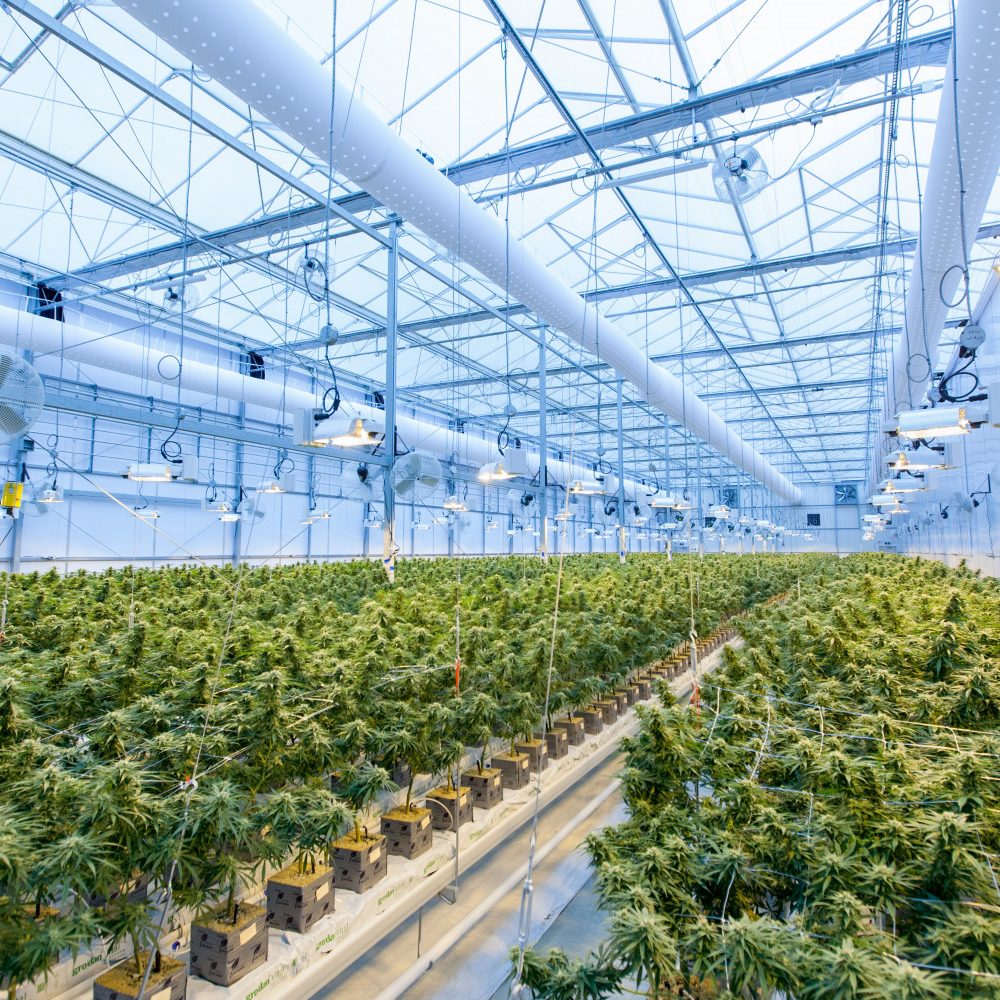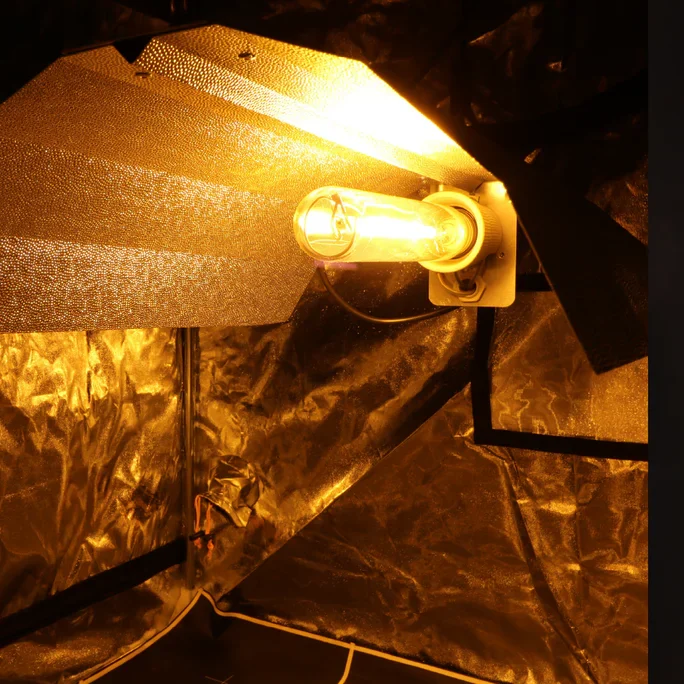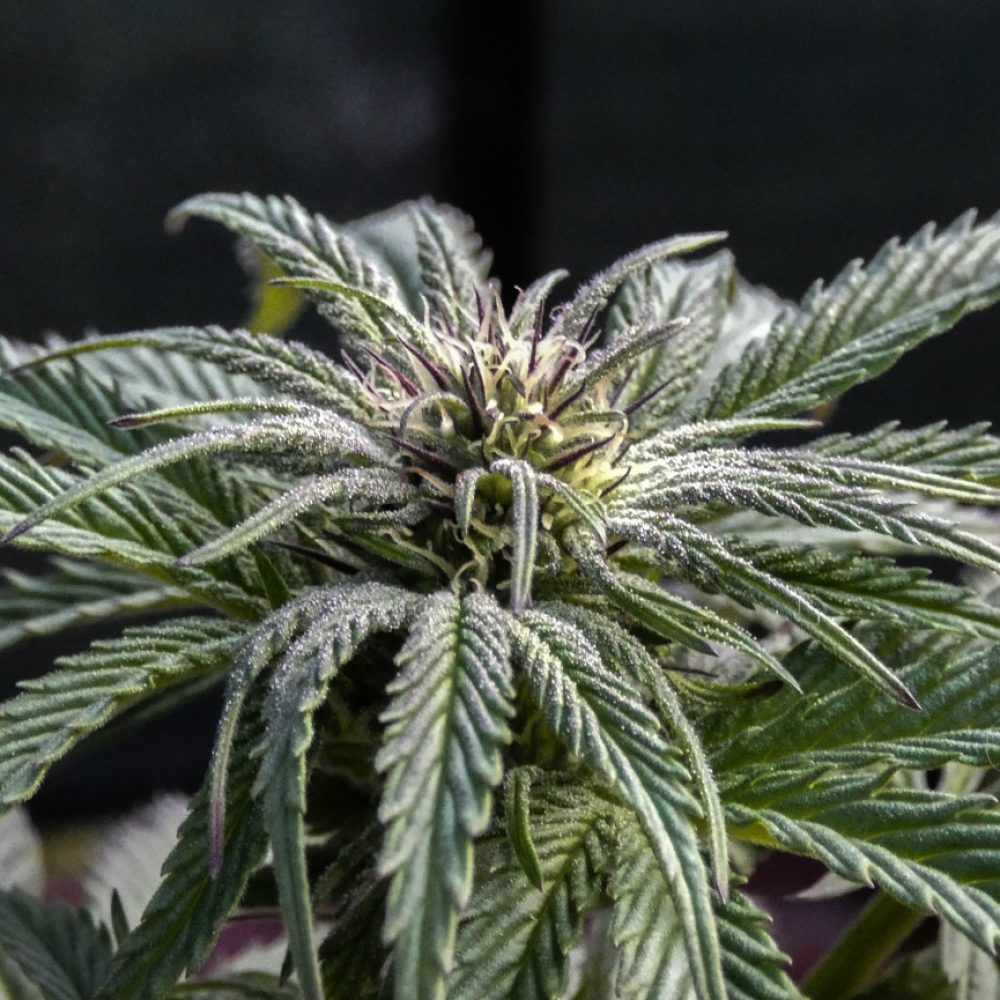When it comes to growing cannabis, the right lighting is crucial for a successful harvest. Over the years, High-Pressure Sodium (HPS) lights have been the go-to choice for many cannabis cultivators. However, Light Emitting Diode (LED) technology has emerged as a promising alternative. Today we’re going to explore the key differences between using LED lights and HPS lights for growing cannabis, examining factors like energy efficiency, spectrum control, heat management, and overall yield.
Both LED and HPS lights have their advantages and drawbacks when it comes to growing cannabis. The choice between the two ultimately depends on a cultivator’s specific needs, budget, and preferences.
LED Lights for Growing Cannabis

Energy Efficiency: LED lights are renowned for their energy efficiency. They produce light by passing an electrical current through a semiconductor, which emits photons. This process is far more efficient than HPS lights, which rely on heating a gas inside a bulb to produce light. As a result, LEDs consume significantly less electricity for the same amount of light output. This translates into reduced energy bills for cultivators and a more eco-friendly option.
Spectrum Control: One of the significant advantages of LED lights is their ability to provide precise spectrum control. Cannabis plants require different light spectrums during various growth stages, from vegetative growth to flowering. LED grow lights can be customized to deliver specific wavelengths, optimizing the spectrum for each phase of growth. This control over the light spectrum allows growers to maximize yields and the overall quality of the cannabis.
Heat Management: LED lights generate considerably less heat compared to HPS lights. This is a game-changer for indoor cultivation, as excessive heat can lead to various issues, including stress to the plants, increased water consumption, and the need for additional cooling systems. LED lights not only maintain a more stable temperature in the grow room but also reduce the risk of heat damage to the cannabis plants.
Longevity: LED lights are known for their longevity. They have a significantly longer lifespan compared to HPS lights. While HPS bulbs may need to be replaced every 10,000 hours, high-quality LED fixtures can last up to 100,000 hours. This extended lifespan reduces maintenance costs and the hassle of frequent bulb changes.
Environmental Impact: The reduced energy consumption and longer lifespan of LED lights make them a more environmentally friendly choice. Less electricity usage results in a lower carbon footprint and reduced greenhouse gas emissions. LED lights align with the increasing emphasis on sustainable and eco-conscious cultivation practices.
HPS Lights for Growing Cannabis

Proven Track Record: HPS lights have a long history of successful use in cannabis cultivation. Many cultivators have achieved high yields and quality crops using HPS lighting. This track record makes them a reliable choice for those who are more comfortable with traditional growing methods.
Affordability: HPS lights are generally more affordable upfront than high-quality LED fixtures. While LED lights may have a higher initial investment, HPS lights can be a cost-effective solution for those on a budget.
Heat Production: The heat produced by HPS lights can be beneficial in certain situations. It can help maintain an ideal temperature in the grow room during cooler months, potentially reducing the need for additional heating. However, it’s crucial to manage the heat effectively to prevent negative effects on the plants.
Flowering Performance: HPS lights have proven to be particularly effective during the flowering stage of cannabis growth. Their light spectrum is well-suited for encouraging bud development and resin production. Some growers opt for a combination of HPS and metal halide (MH) lights during different growth phases to maximize the benefits of each.
Ease of Use: HPS lights are relatively easy to set up and use, making them a practical choice for novice growers. They are plug-and-play solutions that require minimal technical knowledge. This simplicity can be advantageous for beginners.

LED lights excel in energy efficiency, spectrum control, heat management, longevity, and environmental impact. They are well-suited for environmentally conscious growers, those looking for precise control over their crops, and individuals focused on long-term cost savings.
HPS lights, on the other hand, have a proven track record in cannabis cultivation, are more affordable upfront, and can be advantageous during the flowering phase. They are a practical choice for traditional growers and those looking for a budget-friendly lighting solution.
Ultimately, the decision between LED and HPS lights should be based on the unique requirements of the cannabis cultivation operation, as well as the grower’s experience and long-term goals. As technology continues to advance, it’s possible that new lighting options may emerge, further expanding the choices available to cannabis cultivators.
Stay in the know about all things cannabis cultivation here.








